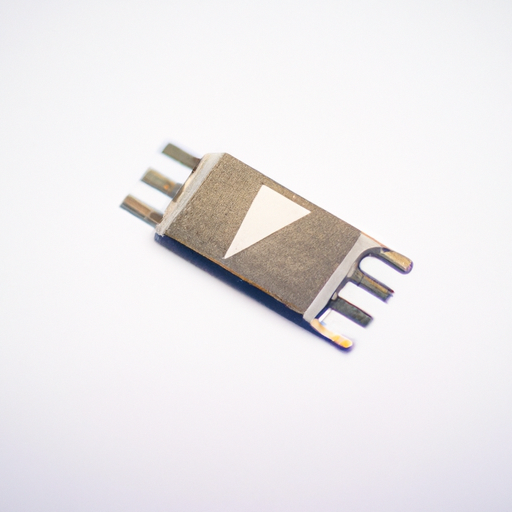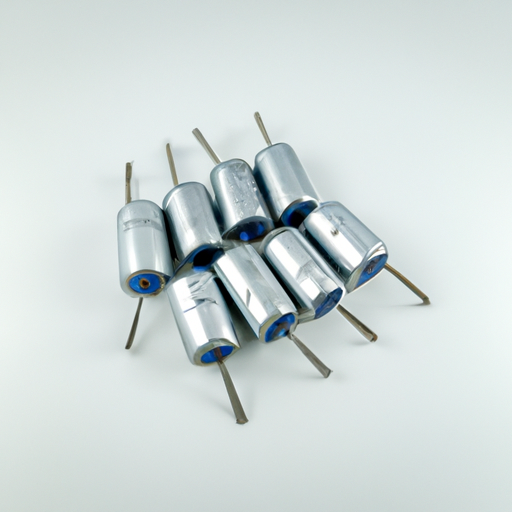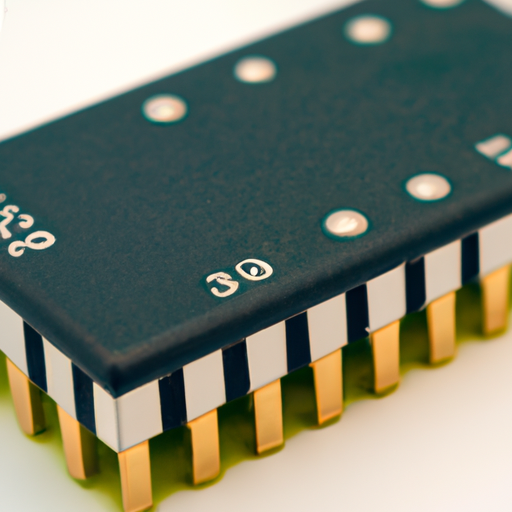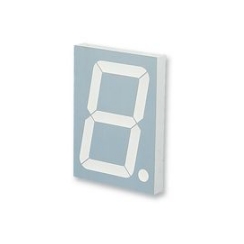MM74HC4049N Through Hole Resistors highlighting the core functional technology articles and application development cases of Through Hole Resistors that are effective.
Core Functional Technology of Through-Hole Resistors
1. Basic Functionality: Through-hole resistors are passive components that limit the flow of electric current in a circuit. They are characterized by their resistance value (measured in ohms), tolerance (the allowable deviation from the stated resistance), and power rating (the maximum power the resistor can dissipate without damage).
2. Construction: Typically made from materials such as carbon film, metal film, or wire-wound materials, through-hole resistors are designed to be inserted into a PCB (Printed Circuit Board) and soldered in place. Their longer leads compared to surface-mount resistors make them suitable for prototyping, breadboarding, and applications where component replacement is anticipated.
| 3. Applications | Through-hole resistors are versatile and can be used in various applications, including: |
| 1. Inverter Circuits | |
| 2. Signal Conditioning | |
| 3. Voltage Divider Networks | |
| 4. Oscillator Circuits | |
| 5. Pull-Up and Pull-Down Resistors |
4. Advantages: Through-hole resistors are easier to handle and replace than surface-mount resistors, making them ideal for prototyping and educational purposes. They also provide better thermal dissipation in some cases, which can be critical in high-power applications.
Application Development Cases
Conclusion
Through-hole resistors are integral components in various applications involving the MM74HC4049N and other integrated circuits. Their ease of use, reliability, and effectiveness in prototyping make them a staple in electronic design. Understanding how to effectively integrate these resistors with logic ICs can lead to successful circuit designs and innovative applications, enhancing the functionality and performance of electronic systems.






